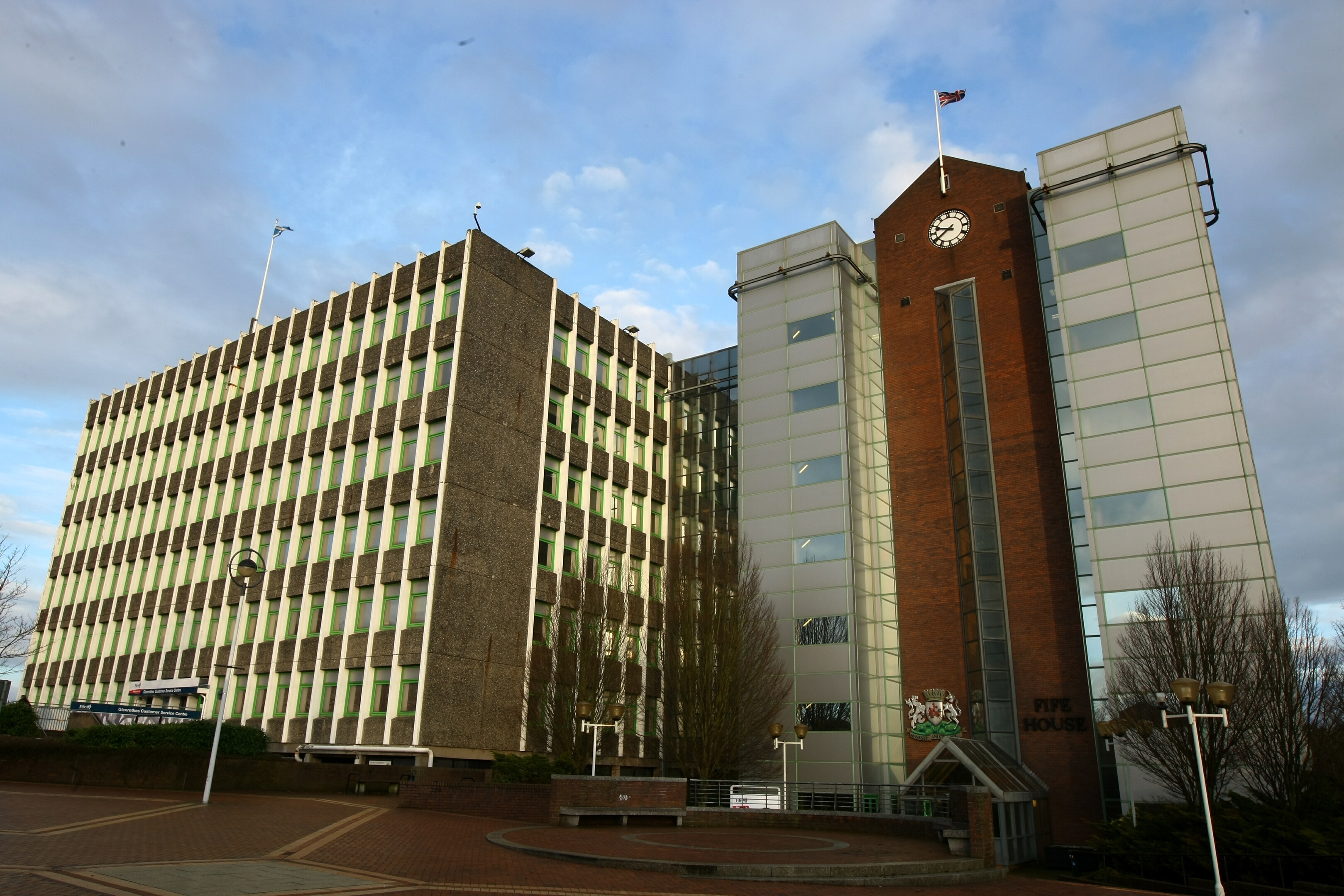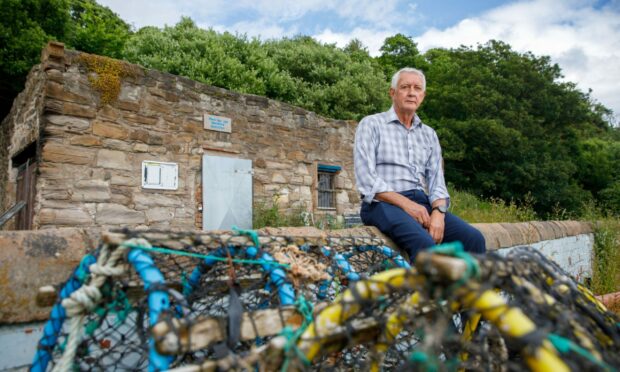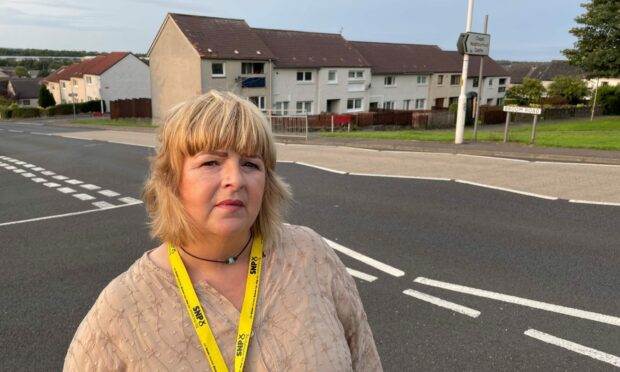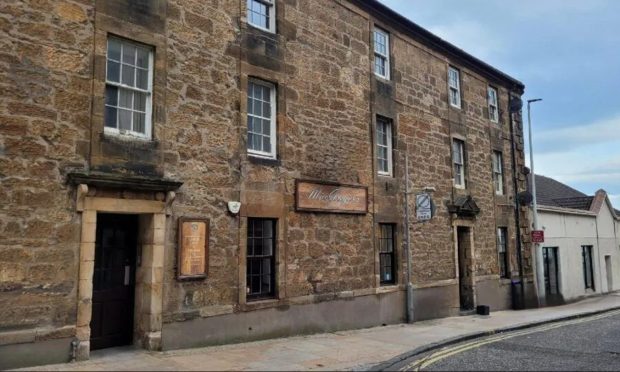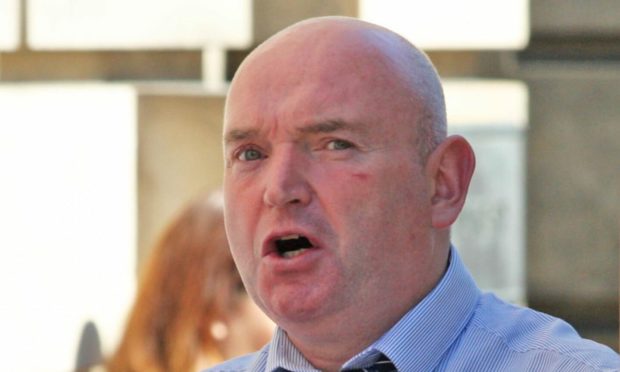Fife Council has rushed to allay fears any Fife school has been earmarked for closure.
The move comes as the future of the schools estate is due to be debated next week with a report to committee claiming up to 11 schools could close.
Education and Children’s Service boss Carrie Lindsay’s report points out Fife is facing a challenge of meeting growing needs with a dwindling budget.
It highlights schools which are significantly under-occupied while others are facing accommodation pressures.
And it couples that to the cost of maintaining “ageing and deteriorating buildings”. Currently 16 schools are ranked as being in poor condition.
In the Building Fife’s Future report, she states financial pressures mean the school estate, as presently organised, is not sustainable into the future.
As of May, there were 12,994 surplus places across the area’s primary and secondary schools.
These include Gateside primary, with only 11% occupancy, Milton of Balgonie on 31%, Kingsbarns on 36% and Culross on 38%.
“In each of the geographical areas of Fife there is some surplus capacity of school places which can only be addressed through a programme of amalgamation and closure,” her report continued.
It adds: “It would also be possible to achieve further reductions through a new programme of school closures.
“Using the established guiding principles we would estimate that up to 11 schools could be closed, potentially removing in the region of 718 places from the school estate.”
However, head of service Shelagh McLean pointed out appendices to the report listed core facts about rolls and the estate’s condition, and slammed those who were using data “to name individual schools that don’t meet our ideal standards against these principles and, therefore, suggest these schools could close”.
“There is currently no suggestion, proposal or plan to close any schools.
“Neither does the fact that a school doesn’t currently meet our principles in some way mean that it will be earmarked for closure or amalgamation in the future.
“This is all simply data to help inform the next phase of conversation about our vision for schools across Fife.
“There are many factors that have to be taken into account and different strategies are likely to be required in different areas.
“It is likely that we will decide to invest in some older buildings to improve their condition or expand capacity, or alter catchment areas to increase rolls in schools with a low level of occupancy.
“Once again, it’s important to stress this is just the start of our next phase of strategic planning for the whole school estate.”
After it goes to the education and children’s services committee, the next step will be to talk to each area about local priorities, their vision and role schools need to play in that.
“I’d like to reassure parents, communities and staff that there will be comprehensive community engagement to help us develop any future proposals and, if any proposals progress to firmer plans, formal consultation procedures will always apply.”
